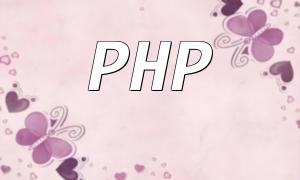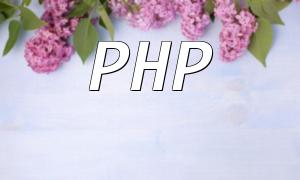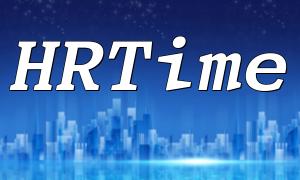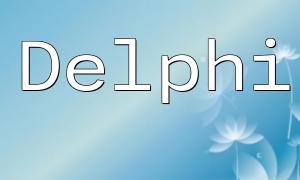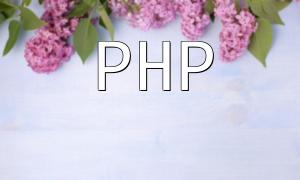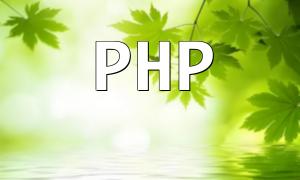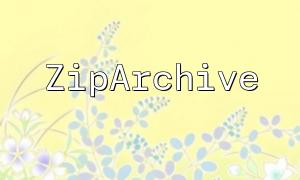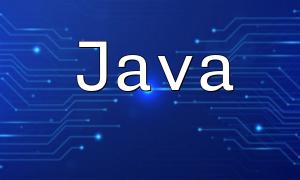As web development technologies evolve, the collaboration between front-end and back-end systems has become more refined. PHP, being one of the most widely used backend languages, now tightly integrates with front-end tools to enable more efficient and modular development.
Frameworks like Laravel, Symfony, and CodeIgniter have greatly simplified the development process. Laravel, in particular, stands out with its elegant syntax, rich ecosystem, and extensibility, making it a top choice for building modern PHP applications.
Front-end development has rapidly advanced, shifting from jQuery-based setups to modern JavaScript frameworks like React, Vue, and Angular. This shift has fueled the adoption of single-page applications (SPAs), placing more responsibility on front-end layers while backend systems serve primarily as API providers.
SPAs dynamically render data without full page reloads, offering a smoother user experience. However, this architecture requires efficient backend support. PHP frameworks fulfill this need by offering robust tools for building RESTful APIs that cater to modern front-end demands.
RESTful APIs are central to data exchange in modern web apps. PHP frameworks like Laravel provide straightforward routes and controller systems to build these interfaces:
// Define API routes in routes/api.php
Route::get('/users', 'UserController@index');
Route::post('/users', 'UserController@store');
This enables front-end apps to retrieve data asynchronously using AJAX, facilitating a seamless user experience.
Modern PHP projects often integrate front-end build tools like Webpack or Vite to manage assets and optimize workflows. In Laravel, for example, Vite is commonly used to bundle Vue or React components, enhancing performance and streamlining development across the stack.
Vue.js is highly compatible with Laravel, offering a powerful duo for modern web app development. Laravel’s Blade templating engine can render Vue components directly, combining server-side and client-side rendering for a more interactive experience:
{{-- Embedding Vue component in Blade template --}}
<div id="app">
<example-component></example-component>
</div>
<script src="/js/app.js"></script>
This approach fosters seamless front-end and back-end collaboration, ideal for building scalable web applications.
With technologies like GraphQL gaining popularity, PHP ecosystems are also evolving to support more dynamic data interfaces. Additionally, microservices architectures are becoming more prevalent, allowing better separation of concerns and enhancing maintainability in large-scale systems.
The integration of PHP frameworks and modern front-end tools has transformed web development. Moving from traditional server-side rendering to API-driven models has unlocked new efficiencies and user experience improvements. As technology continues to progress, this synergy will be at the heart of future-ready web applications.
